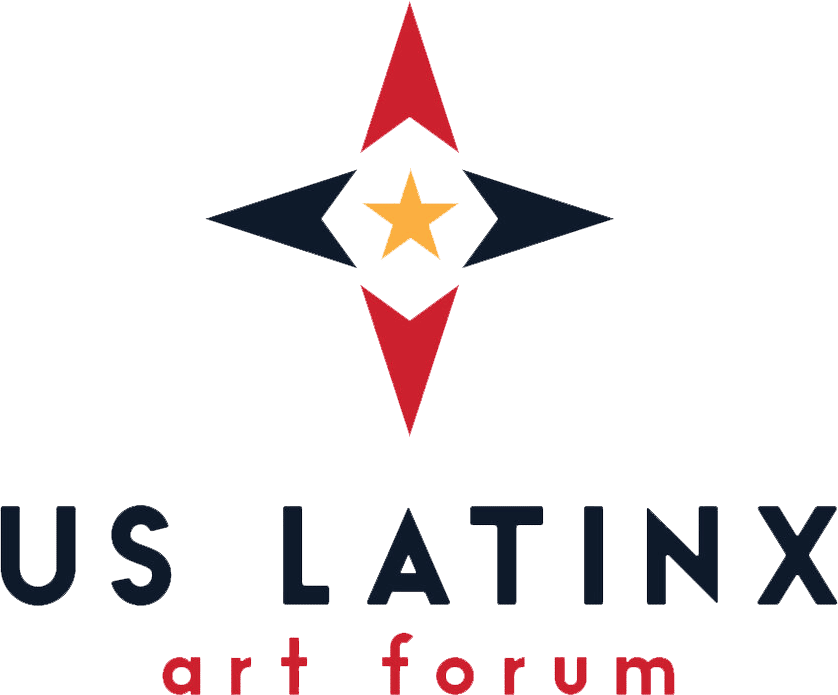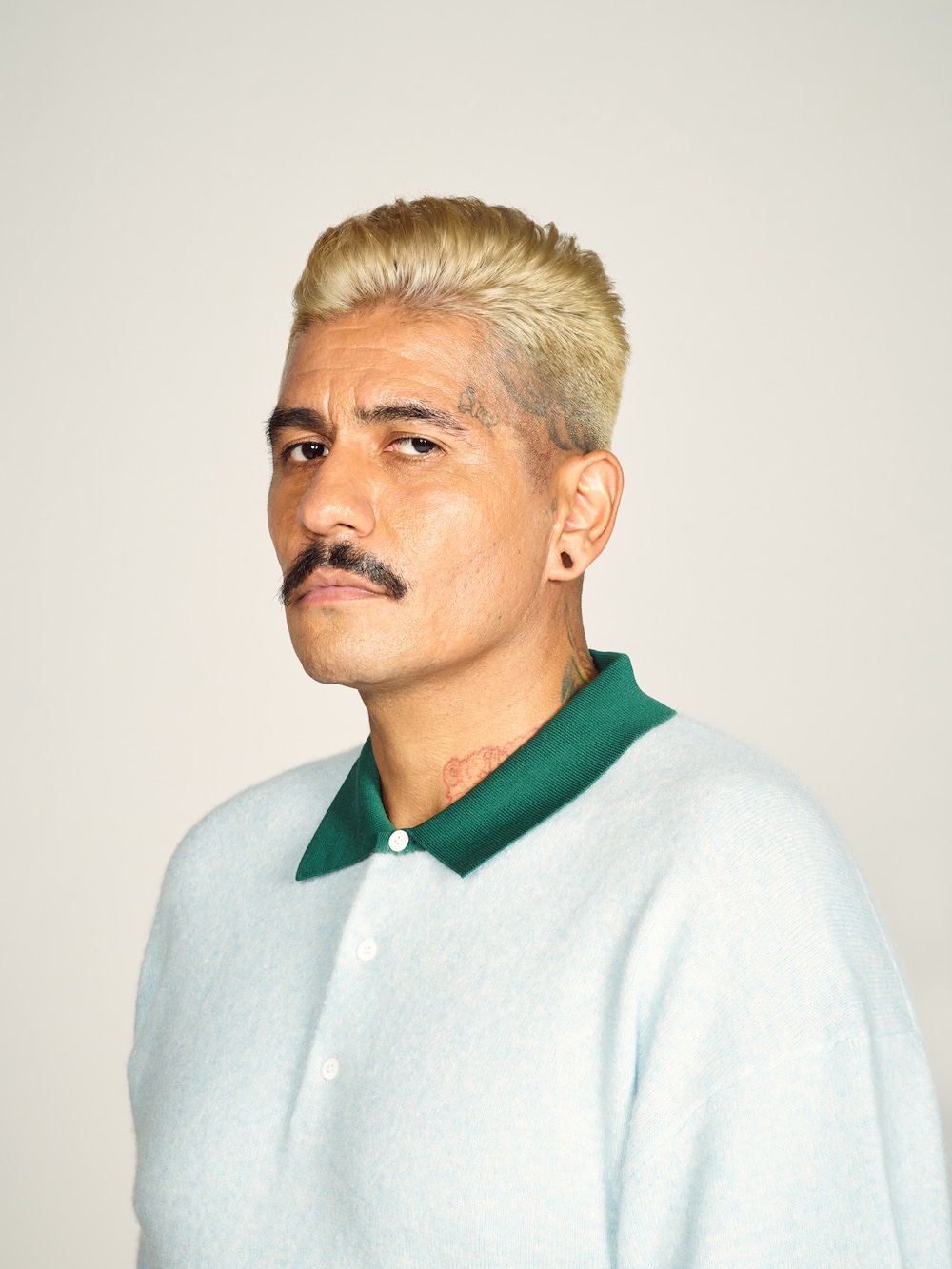
Latinx Artist Fellowship
rafa esparza
Multidisciplinary artist
Los Angeles
Having concentrated on live performance for more than a decade has allowed me to use my body to speak to a history of exclusion and white supremacy in traditional art spaces and to collaborate with many Black, Brown, and Indigenous QTPOC artists to build support networks outside mainstream art institutions that have helped us to survive and thrive collectively.
rafa esparza’s multidisciplinary work reveals his interests in history, personal narratives, and kinship, his own relationship to colonization, and the disrupted genealogies that it produces. Using live performance as his main form of inquiry, esparza employs site-specificity, materiality, memory, and what he calls (non)documentation as primary tools to investigate and expose ideologies, power structures, and binary forms of identity that establish narratives, history, and social environments. esparza’s recent projects are grounded in laboring with land and adobe-making, a skill learned from his father, Ramón Esparza. In so doing, the artist invites Brown and Queer cultural producers to realize large-scale collective projects, gathering people together to build discursive sites and networks of support outside of traditional art spaces.
esparza is a recipient of the United States Artist Fellowship (2021), Rema Hort Mann Foundation Emerging Artist Grant (2015), and the California Community Foundation Fellowship for Visual Arts (2014). Solo exhibitions have been held at MASS MoCA, North Adams, MA (2019); Artpace San Antonio, TX (2018); Ballroom Marfa, TX (2017); and Los Angeles Contemporary Exhibitions (2015). esparza’s work is in the collections of The Guggenheim Museum, New York; the Hammer Museum, Los Angeles; KADIST, San Francisco; Los Angeles County Museum of Art; the Vincent Price Art Museum, Monterey Park, CA; and the Whitney Museum of American Art, New York.




